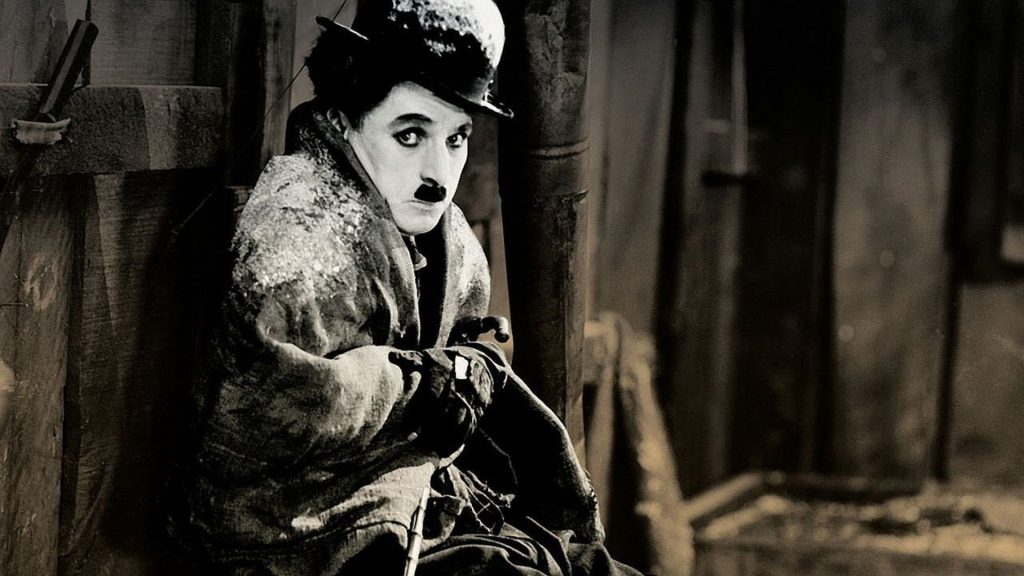The silent movie era, which spanned from the late 19th century to the late 1920s, is a foundational period in the history of cinema. During this time, films were produced without synchronized sound, relying heavily on visual storytelling, gestures, and title cards to convey the plot. While many of these early films are now considered classics, they were revolutionary for their time, laying the groundwork for modern filmmaking techniques and cinematic language. The absence of spoken dialogue meant that directors had to be inventive with the use of visuals, composition, and acting to convey emotion and narrative.
One of the defining characteristics of silent films was the exaggerated style of acting. Performers had to rely on broad gestures, facial expressions, and body language to communicate their characters’ emotions. This style of performance was essential for ensuring that audiences could understand the story without relying on dialogue. Legendary actors such as Charlie Chaplin, Buster Keaton, and Harold Lloyd became stars during this period, known for their ability to evoke humor, pathos, and suspense through physical comedy and expressive performances. Chaplin’s “The Tramp” and Keaton’

Despite the limitations of sound technology at the time, silent films were an extremely diverse medium, ranging from comedies and dramas to epic historical pieces. Directors such as D.W. Griffith and F.W. Murnau pushed the boundaries of cinematic storytelling. Griffith’s “The Birth of a Nation” (1915), though controversial for its racial themes, was a groundbreaking achievement in film technique, particularly in its use of narrative continuity and innovative editing. Murnau’s “Nosferatu” (1922), a silent horror masterpiece, showcased the potential of atmosphere, lighting, and camera work to create mood and tension, which has since become a
As technology advanced, so did the film industry, leading to the eventual development of synchronized sound in the late 1920s. This transition was marked by the release of “The Jazz Singer” (1927), which is often considered the first major “talkie” and helped to pave the way for the decline of silent films. However, the silent movie era left an indelible mark on the world of cinema. Its innovations in editing, performance, and visual storytelling continue to influence filmmakers today, and many of its films are still studied for their artistic and technical achievements.
In conclusion, the silent movie era was a critical time in the development of cinema. It not only established the basics of visual storytelling but also introduced a new form of entertainment that transcended language barriers. Although sound films eventually became the norm, the legacy of silent movies endures in the way films are made and appreciated today. Their artistic innovation, enduring performances, and timeless appeal remain a testament to the creativity and vision of early filmmakers.
